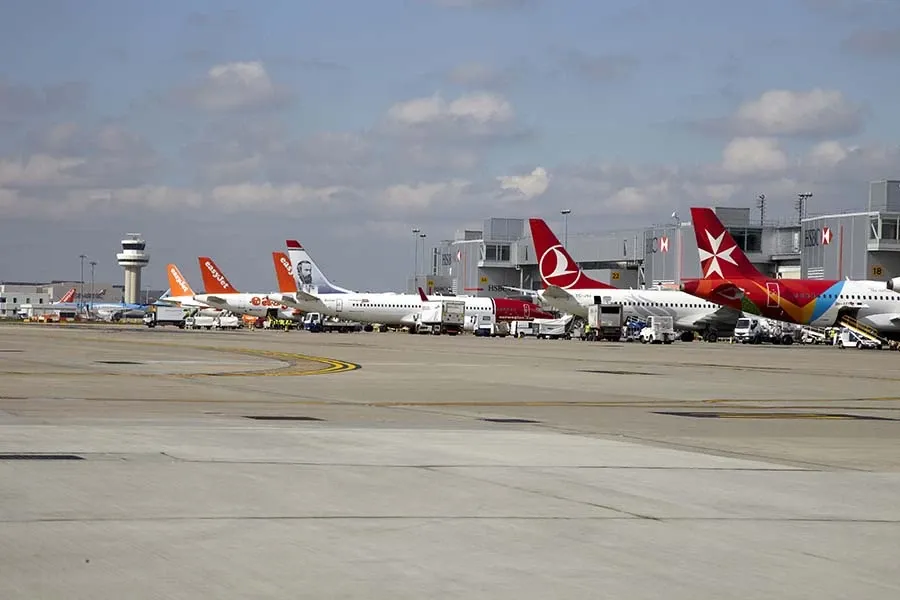Retail Giants to Accelerate Adoption of Smart POS
Juniper Research forecasts that the value of global POS (Point-of-Sale) terminal transactions will reach $17 trillion by the end of 2024, and grow by 25% by 2028.

A 47-year-old man and a 54-year-old woman were arrested in Crawley on suspicion of disrupting aviation services to endanger or likely to endanger safety of operations, Sussex Police said in a statement, adding that police operations around the airport would continue. No other details about the individuals was given, according to Bloomberg.
Flights from the airport south of London resumed at 6:20 p.m. Friday after another reported drone incursion caused a brief interruption. That interruption, which lasted a little over an hour, came as authorities sought to get operations back to normal after a pair of drones disrupted travel for more than 120,000 people over the course of 36 hours.
The airport is Britain’s second busiest and the biggest hub for EasyJet. It is also a focus for long-distance leisure flights by British Airways. Virgin Atlantic Airways Ltd., Norwegian Air Shuttle ASA, Thomas Cook and TUI AG are major operators at Gatwick, as well. Ryanair Holdings Plc has a limited presence.
The British Airline Pilots’ Association said it was “extremely concerned“ at the continuing risk of a drone collision and that unauthorized aircraft could fly around Gatwick’s perimeter or obstruct flight paths.
Almost 50 drone sightings had been reported at the airport during the initial incidents from Wednesday night through Thursday, Sussex police said, though some reports may have been duplicates.
Transport Secretary Chris Grayling told the BBC Friday anti-drone technologies had been deployed at Gatwick. “This is an unprecedented event. There’s not been anything like this anywhere in the world,“ he said.
The drone flights were “highly targeted“ and designed to deliver maximum disruption in the days before Christmas, according to Gatwick Chief Executive Officer Stewart Wingate. While clearly intentional, the flights most likely weren’t terror related, police said.
Governments bar drones from paths reserved for airliners, with Britain outlawing flights above 400 feet or within 1 kilometer (0.6 miles) of an airport boundary. But the millions of small consumer devices that have been purchased globally can’t be tracked on radar, making it difficult to enforce the rules.